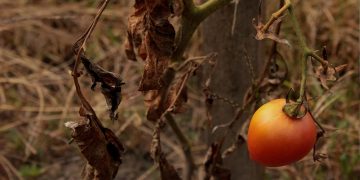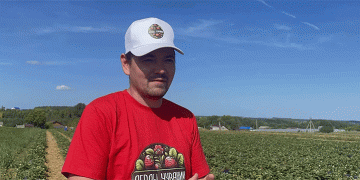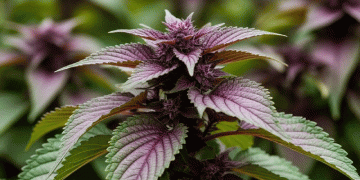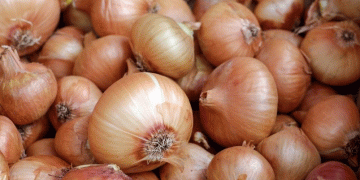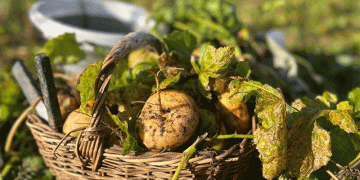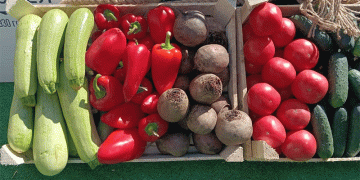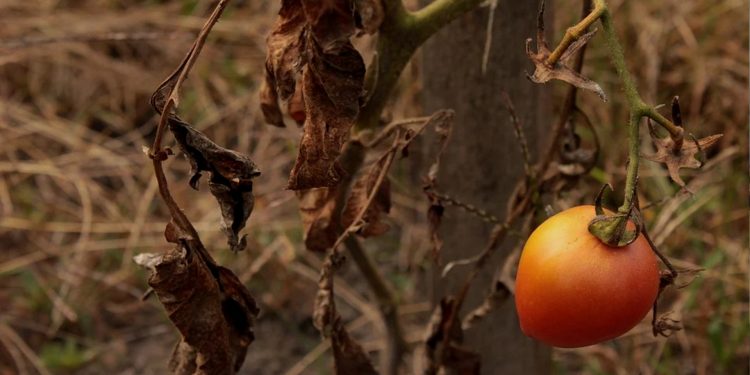Plants that are able to survive extreme drought conditions have been a topic of interest for researchers for many years. A recent study published in the journal Nature Communications has identified a “miracle gene” that is involved in the process of resurrection in a particular plant species. This gene could hold the key to understanding how plants survive in drought conditions and could have implications for improving drought resistance in crops.
According to the study, the gene in question is called the Dehydration-Responsive Element Binding 1 (DREB1) gene. It is responsible for activating a number of other genes that help plants survive drought. Researchers found that this gene is particularly active in a species of plant called Boea hygrometrica, which is known for its ability to “resurrect” after being completely dried out.
The researchers were able to isolate the DREB1 gene and introduce it into other plant species, including tobacco and wheat. They found that the plants with the DREB1 gene were able to survive drought conditions much better than those without it.
This discovery could have significant implications for the agricultural industry, particularly in areas that are prone to drought. By identifying and introducing the DREB1 gene into crops, farmers could potentially grow crops that are more resilient to drought conditions, resulting in higher yields and more food security.
In conclusion, the discovery of the DREB1 gene and its role in plant survival under extreme drought conditions is a major breakthrough in plant research. The implications for the agricultural industry are significant, and it could lead to the development of crops that are more resistant to drought conditions, ultimately resulting in more food security.
